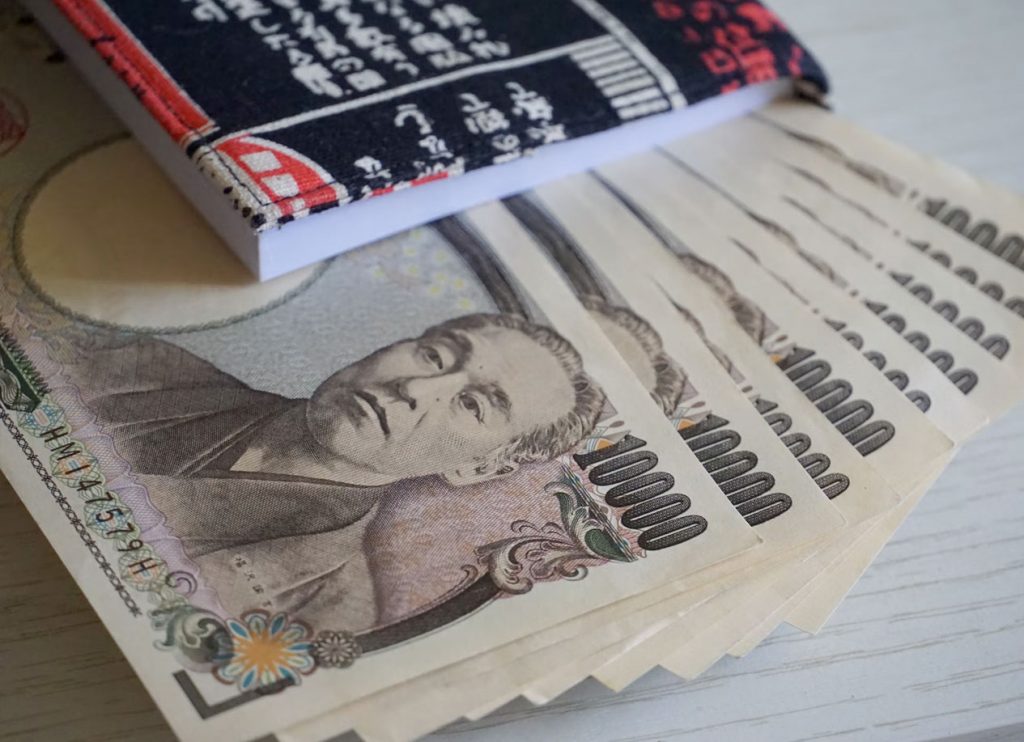
Morning Brief – BoJ: could we have expected more?
BoJ: could we have expected more?
With a relatively light economic calendar so far this week, the BoJ’s monetary policy decision overnight stands out as a major event. As always, the divisive monetary policy approach taken in Japan led to debate over whether a change of course will be offered. Hopes that the new governorship of Kazuo Ueda could change the shape of Japanese monetary intervention continue to fade. To recap the situation in Japan: even in the years prior to the pandemic, interest rates in Japan have been staggeringly low. An economy that has typically been plagued with low (often negative) inflation and growth has been reluctant to tighten monetary conditions. It has been defiant in its pursuit of ultra-loose policy despite the market’s frequent efforts to push back against its policies.
With the latest inflation reading coming in weak once again, any hopes of the overnight decision abolishing some of Japan’s controversial monetary controls seemed unlikely. The key policy in focus in Japan is not one of the typical monetary tools. It is its yield curve control policy toolkit whereby the BoJ sets levels to control lending rates beyond the central bank’s overnight deposit or lending rates. By capping the level at which certain debt expiries can trade, the BoJ artificially suppresses open market borrowing rates. Despite the weak inflation read, there will always be expectations for the BoJ to unwind this policy. However, those expectations seem overly optimistic, and we must conclude that yield curve intervention is here to stay.
As well as not touching the yield curve control policy, the Governor’s comments overnight were familiarly dovish. Commitments to take further action to loosen policy should inflation fall further were not hard to identify. The dovish tilt had initially pushed USDJPY higher once again with the move not proving sustainable in overnight trading hours. Ultimately the decision to hold rates and a dovish twinge to the press conference should continue to support USDJPY and other Yen crosses.
Discussion and Analysis by Charles Porter

Related Insights

Daily Brief – A short lived short squeeze?
A short lived short squeeze? Sterling is undoubtedly benefitting from a short squeeze. Traders on net had increased positions that benefit from Sterling’s demise leading into the budget. Depending upon the participant’s persuasion, that could have meant gaining an outright short exposure to the currency or, in a more mild form, trimming any or all […]

Daily Brief – Sterling slides
Sterling slides Sterling took a leg lower ahead of the European open yesterday. Despite some tentative signs of recovery, GBP was still unable to claw back losses incurred during yesterday’s session. Before we cover the cause and implications of yesterday’s stumble amongst GBP crosses, let’s look at why the Pound was set up for a […]

Daily Brief – But does it mean anything for FX?
But does it mean anything for FX? The story of the week also therefore makes it the story of the year so far. The United States’ capture of Venezuelan President Maduro is the hot topic, but does it hold any material impact to markets? Well, there was certainly some significant moves in FX during yesterday’s […]


